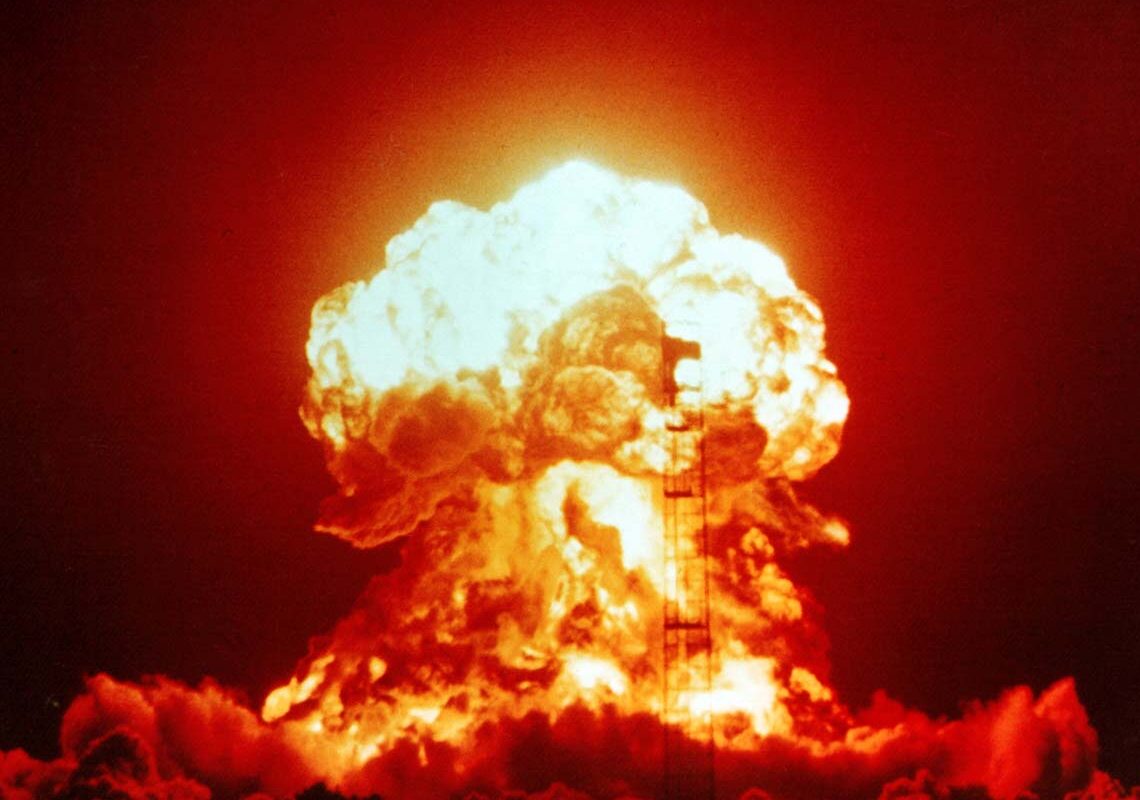In an effort to maintain a credible nuclear deterrent and adapt to a changing security landscape, the US Department of Defense (DoD) has announced that the Department of Energy’s National Nuclear Security Administration (NNSA) will construct a new high-yield nuclear gravity bomb known as the B61-13, pending Congressional approval and funding.
The United States currently possesses the world’s second largest nuclear weapon inventory, with 3,708 commissioned warheads, a significant reduction from the height of the Cold War. While only a fraction of these warheads are deployed at any given time, they serve as a crucial component of the West’s nuclear deterrent forces, along with France and Britain.
Despite the decreasing prominence of nuclear weapons since the 1990s, the US believes that the need for deterrence, combined with the growing instability and insecurity of contemporary international relationships, necessitates the development of modern nuclear capabilities.
Currently, the US nuclear stockpile consists of aging warheads, with many over four decades old and approaching their operational limit. Radioactive materials and exotic elements used in these warheads have a limited shelf life, making them increasingly unreliable over time. Moreover, evolving military threats require the modernization of nuclear designs.
The recent announcement on October 27 is aimed at providing the US military with a new nuclear gravity bomb without increasing the overall inventory size. The B61-13 will gradually replace the Cold War-era B61-7 bombs and the currently produced B61-12s.
The design of the B61-13, partly driven by tactical considerations and political compromises, will have a comparable explosive yield to the B61-7, approximately 360 kilotons. While modern strategy favors smaller-yield warheads, the inclusion of high-yield bombs in the inventory allows for countering larger, fortified targets and grants the President more options in mission planning.
According to the DoD, the B61-13 will also incorporate design features from the B61-12, including enhanced safety and security systems, as well as a tail-mounted guidance package to increase accuracy. Although it is unlikely to be utilized by the heavy strategic bomber fleet, which is now equipped with stand-off weapons, the B61-13 will be compatible with fighter bombers like the F-35 Lightning II.
Assistant Secretary of Defense for Space Policy, John Plumb, emphasized that today’s announcement reflects the changing security environment and the increasing threats from potential adversaries. The United States is responsible for continually assessing and deploying the necessary capabilities to effectively deter and respond to strategic attacks, while also ensuring the security of its allies.
The development of the B61-13 represents a sensible step in managing the challenges posed by a highly dynamic security environment. While it provides the US with increased flexibility, the production of the B61-13 will not augment the total number of weapons in the country’s nuclear stockpile.
*Note:
1. Source: Coherent Market Insights, Public sources, Desk research
2. We have leveraged AI tools to mine information and compile it




